Bodega jiu-jitsu
MARTIAL ARTS FOR ALL AGES!
If you’re aiming to deepen your understanding of No-Gi Jiu Jitsu—whether for fitness, self-defense, or competition—building a foundation that emerges through natural interaction is key.
Instead of focusing solely on memorizing isolated actions, consider immersing yourself in the dynamic interplay of body placement, timing, and sensory feedback. Here are five fundamental movement patterns that can broaden your ability to perceive opportunities, respond with fluidity, and shape the direction of any grappling exchange.
1. Protective Alignment Beneath Your Partner
Imagine situating yourself beneath another individual in such a way that your lower limbs and torso provide barriers and launching points. In this arrangement, your legs become active tools, constantly reading and redirecting the oncoming pressure. Without relying on the friction of clothing, you learn to perceive subtle shifts in weight and posture, adapting your positioning to maintain both safety and the potential for sudden reversals.
Why This Matters:
Dynamic Defense: You can neutralize forward pressure and manage distance.
Opportunities for Change: By sensing your partner’s intent, you can invert the interaction and shift from a passive role to a more directive one.
Deeper Awareness: Continuous exposure to real-time pressure and movement enriches your understanding of spatial relationships and timing.
2. Stabilizing Your Center Above Your Partner
Now consider a scenario where you align your torso above theirs, using gravity and body weight to limit their mobility. In this formation, your limbs and core work together, reading micro-adjustments in their attempts to move. By maintaining a stable platform, you can discover moments to influence their posture, isolate parts of their body, or transition into configurations that challenge their structural integrity.
What You Gain:
Control Through Balance: Your improved sense of equilibrium keeps them contained.
Subtle Sensory Cues: Their struggles to escape highlight where and how to shift your pressure.
Adaptable Outcomes: From this vantage point, you can guide the interaction toward any number of fluid solutions—whether increasing control, transitioning elsewhere, or creating openings to focus on more vulnerable areas.
3. Establishing Lateral Influence Beside Your Partner
In another arrangement, you position your body along their torso, placing pressure from the side. This angled orientation encourages you to feel differences in their breathing, posture, and tension as they attempt to regain control. By modulating how much weight and friction you apply, you can wear down their energy or open the door for transitions. Each subtle shift in your partner’s frame reveals possible pathways—widening your perspective on how to smoothly adjust and capitalize on emerging vulnerabilities.
Why Explore This Pattern:
Perceptual Expansion: You become attuned to the slightest misalignments and tension changes.
Conserving Energy: Properly directed body mass spares you from needless strain while gradually sapping their resistance.
Creative Follow-Through: From this orientation, you are not locked into a single plan. Instead, countless configurations and endings become apparent.
4. Securing the Space Behind Your Partner’s Upper Body
Visualize positioning yourself behind your partner, encircling their torso while tracing the line of their neck and shoulders. In this pattern, the act of surrounding them is not just about force; it’s about creating a sensory map of their breathing rhythms, defensive habits, and escape attempts. By gently increasing pressure along their upper body, you cultivate the capacity to neutralize attempts to realign or reposition. This focused perception allows you to smoothly guide the interaction toward a decisive conclusion without resorting to excessive force.
Key Takeaways:
Refined Sensory Input: Feel their muscular contractions and adjust your pressure accordingly.
Empathetic Control: Rather than overpowering them, you create conditions that limit their options.
Real-World Applicability: This measured control and responsiveness translate directly into self-defense contexts, letting you resolve conflicts with minimal harm.
5. Isolating and Extending a Single Limb
Finally, consider scenarios where you isolate one limb and guide it into an extended alignment that leaves your partner little choice but to yield. Here, you discover how minute changes in angle, leverage, and joint positioning influence the structural integrity of their body. Instead of relying on pre-set patterns, you learn to respond organically: when your partner’s limb stiffens, you adjust your position; when they attempt to retract, you flow with that motion, finding new openings. It’s a dance of perception, timing, and refined pressure.
Benefits of This Approach:
Adaptive Control: By feeling changes in tension, you fine-tune your grasp and pressure.
A Deeper Connection: Understanding how leverage affects the human body heightens your sensitivity to safety and stability, valuable both in sport and self-defense.
Versatility: These principles apply broadly, not just to one limb but to multiple scenarios as you expand your skill set.
Why Embrace These Ecological Principles?
Each of these movement patterns encourages you to learn through direct interaction rather than rote memorization. As you engage with partners in Maplewood, NJ, or anywhere else, you continuously refine your ability to perceive, interpret, and respond. Your “training” becomes a cycle of rich exploration—each interaction is a fresh puzzle, demanding real-time solutions that integrate physical, mental, and emotional inputs.
Benefits of This Ecological Approach:
Practical Self-Defense: Attuning your senses helps you handle unpredictable situations off the mat.
Enhanced Physical Fitness: Movement variability challenges and strengthens your entire body.
Mental Sharpness: Problem-solving through adaptive grappling sharpens your focus, decision-making, and resilience.
Community and Support: Connecting with others who share your curiosity fosters a vibrant learning environment.
Start Your Ecological Exploration
At Bodega Jiu-Jitsu, we believe true growth emerges from hands-on interaction and open-ended discovery. Whether you’re exploring No-Gi Jiu Jitsu for fitness, looking for self-defense readiness, or seeking an engaging environment for your kids in Maplewood, NJ, our approach encourages you to learn by feeling, adapting, and co-creating solutions with your training partners.
Join us for a free trial class and experience the difference that comes from moving beyond rote repetition.
Step onto the mats, and let’s discover your unique path together.
Request Information
Get started today!
ACCESS OUR SCHEDULE
& EXCLUSIVE WEB SPECIAL
Marketing Websites by Ground Standard Agency
All Rights Reserved | Brava Holdings Inc.



